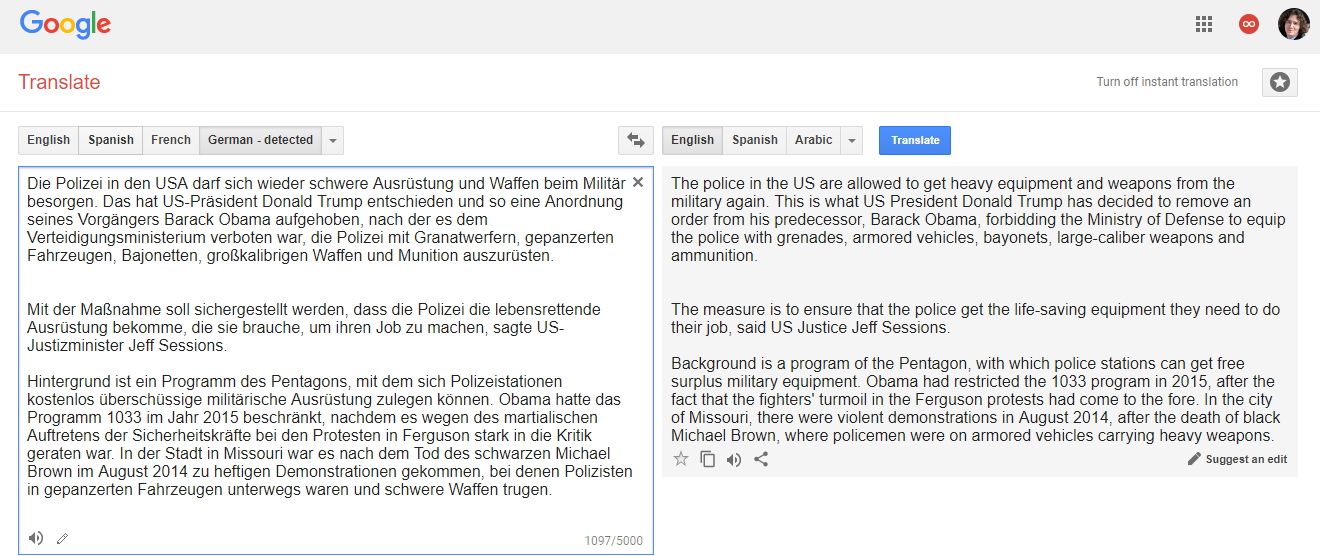The fact that Samsung will appear with its new project at CES 2020 has been loud for a long time. Everyone was wondering what artificial humans could be. And one thing is certain. After all the media noise around the project, everyone expected something completely different. Especially after prematurely disclosed material, which can be watched below.
What exactly is this project about?
NEON is the idea of Samsung researcher Pranav Mistry. The project emerged out of STAR Labs – Samsung Technology and Advanced Research Labs – and is funded by Samsung, but it’s not actually a Samsung company.
The NEON project is realistic human avatars that are computationally generated and can interact with people in real-time. At this point, each NEON is created from footage of an actual person that is fed into a machine-learning model. A Neon is meant to mimic real human appearance and emotions with its own personality and aptitude to behave like humans. Avatars can also remember and learn.
According to Pranav Mistry, NEON isn’t meant to replace Samsung’s digital assistant Bixby. What is more, it won’t be implemented in Samsung products and NEON operates independently.
Examples of the NEON’s application
Each NEON avatar can be customized for different tasks and is able to respond to queries with the latency of less than a few milliseconds. They’re not intended to be just visual skins for AI assistants but put to more varying uses instead. If we are to believe STAR Labs CEO Pranav Mistry, in the near future everyone will be able to license or subscribe to a NEON. The roles can be different: a service representative, a financial advisor, a healthcare provider, or a concierge. The founder also assures that NEONs will work as TV anchors, spokespeople, or movie actors. They can simply be companions and friends if people only would want it.
What technology is behind it?
There are two main technologies on which NEON is based. The first is Core R3, which stands for reality, real-time and responsiveness. Core R3 is a kind of the graphics engine that powers avatars natural movements, expressions and speech. The second technology is Spectra, which is responsible for implementing artificial intelligence solutions. By this, the creator means intelligence, learning, emotions, and memory. Spectra is not ready for launch yet, but the company says it will present the technology later this year. At the moment it is still being developed.

Neon’s Core R3 graphics engine demonstrated at CES 2020.
Source: https://www.cnet.com/news/samsung-neon-artificial-humans-are-confusing-everyone-we-set-record-straight/
What about the uncanny valley?
When NEON avatars can become real comrades in everyday life, one should ask oneself whether the fact that they are so realistic is not a problem. This is specifically about the phenomenon of the uncanny valley, the scientific hypothesis telling that a robot that looks or functions like a human being causes the observers to feel unpleasant or even disgusting. When some people are wondering how STAR Labs has worked out every detail, others feel at least uncomfortable.
Why is everyone disappointed?
NEON is like a new kind of life, There are millions of species on our planet and we hope to add one more – this is what we heard from STAR Labs CEO Pranav Mistry before the CES 2020 presentation. It is no wonder that nobody got into awe when it turned out that NEON is just a highly detailed digital avatar. In addition, the demo presented at the show was fully controlled by people from STAR Labs. All the media hype made everyone wait impatiently for the show to finally find out that NEON still has a lot of work to do on its business.
It remains to not believe the haters because NEON avatars look really good and the potential of the project is certainly there. Thus, the final version of the STAR Labs venture has not come and we shouldn’t believe all the media reports. It will soon be clear whether a company can combine two ambitious technologies – the avatars and the AI – together.
Do you see a practical application of Samsung’s NEON in the near future? Would you feel comfortable if your teacher wasn’t a real person but Samsung’s NEON?
References:
[1] https://www.theverge.com/2020/1/7/21051390/samsung-artificial-human-neon-digital-avatar-project-star-labs
[2] https://www.theverge.com/2020/1/8/21056424/neon-ceo-artificial-humans-samsung-ai-ces-2020
[3] https://www.engadget.com/2020/01/05/samsung-neon-artificial-human-teaser/
[4] https://www.cnbc.com/2020/01/06/samsung-neon-artificial-human-announced-at-ces-2020.html
[5] https://www.cnet.com/news/samsung-neon-project-finally-unveiled-humanoid-ai-chatbot-artificial-humans/
[6] https://www.cnet.com/news/samsung-neon-heres-when-well-get-details-on-the-mysterious-ai/
[7] https://economictimes.indiatimes.com/magazines/panache/meet-neon-samsungs-new-ai-powered-robot-which-can-converse-sympathise/articleshow/73135240.cms
[8] https://www.livemint.com/companies/people/we-ll-live-in-a-world-where-machines-become-humane-pranav-mistry-11577124133419.html
[9] https://mashable.com/article/samsung-star-labs-neon-ces/?europe=true
[10] https://www.wired.co.uk/article/samsung-neon-digital-avatars






